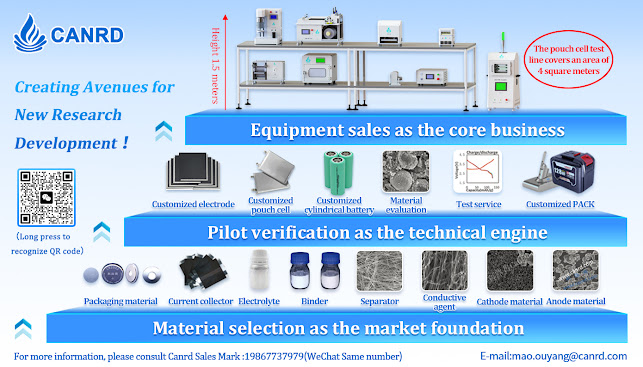[Research Background]
Formation is a critical step in the manufacturing of lithium-ion batteries. During the formation process, the electrolyte is reduced at the anode, resulting in the formation of a Solid Electrolyte Interphase (SEI) layer. To ensure the stability of the SEI layer, traditional formation processes are typically conducted at low current densities, which are time-consuming and expensive. Optimizing the formation process is essential for balancing battery performance and manufacturing efficiency. However, the optimization of the formation process faces numerous challenges due to the complex relationship between formation parameters and battery aging mechanisms, as well as the high dimensionality of the experimental parameter space and the long feedback cycles.









